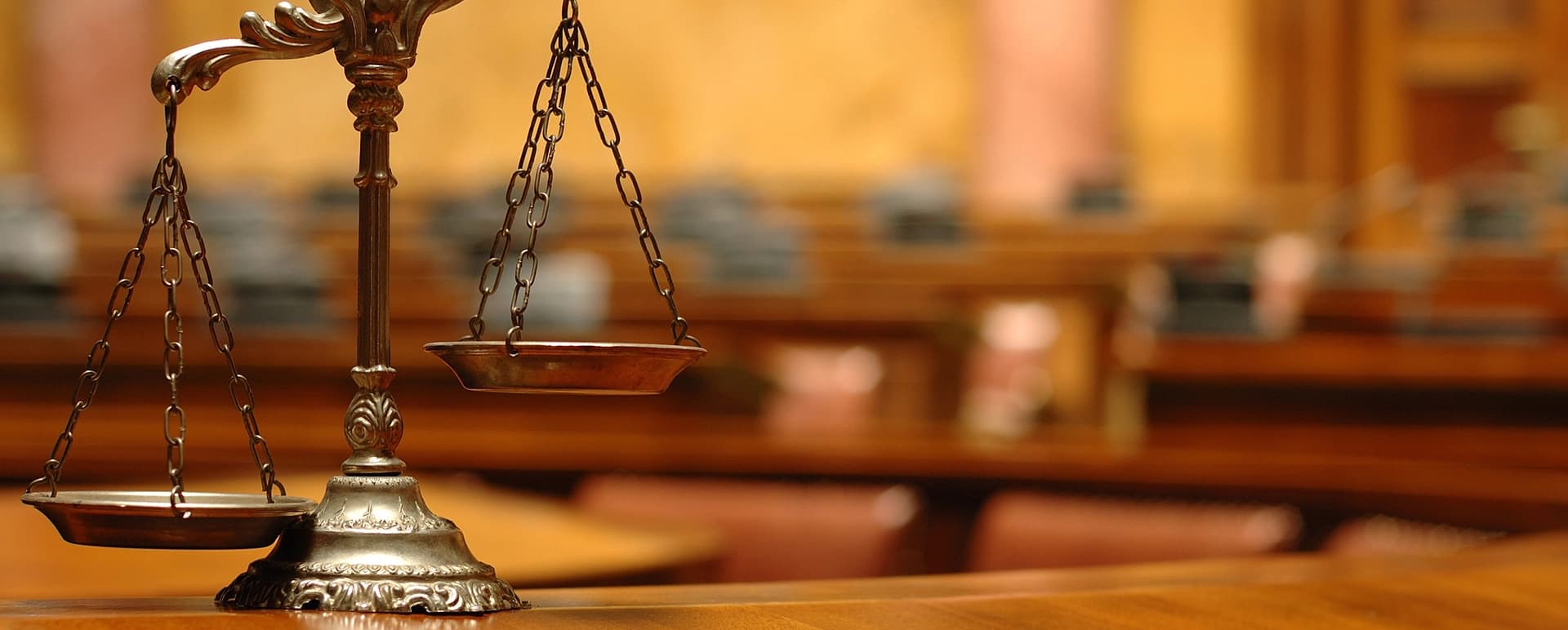Understanding Test Discussion: Tips for Engaging and Persuasive Court Approaches
In the world of test presentation, the capability to involve and convince is paramount. A successful court method rests on understanding the target market, crafting a compelling story, and using effective aesthetic aids. The nuances of body language and the importance of practice can not be neglected. Each of these elements plays a crucial function fit the jurors' assumptions and choices. Nonetheless, the difficulty depends on seamlessly incorporating them into a cohesive presentation. What strategies can genuinely boost a trial discussion from average to phenomenal?
Understanding Your Target Market
To properly understand test presentation, it is essential to recognize your target market. Recognizing their demographics, histories, and prospective biases can aid customize your presentation to reverberate with them properly.

An understanding of the court's preferences and court room etiquette is equally important, as it can influence the flow of your discussion. Judges might prioritize brevity and quality, so offering your situation in a straightforward way can boost your trustworthiness. Additionally, identifying the rival advise's methods can assist in preparing counterarguments that effectively address their points.
Inevitably, understanding your target market allows you to involve them more efficiently, cultivating link and persuasion throughout the test (trial presentation). By leveraging insights concerning their motivations and expectations, you can produce a compelling discussion that reverberates and eventually affects the result of the situation. This foundational expertise is crucial for any type of attorney intending to accomplish success in the courtroom
Crafting an Engaging Story
A well-crafted story functions as the foundation of a reliable test discussion, guiding the target market through the complexities of the instance. This narrative must be structured to engage jurors mentally and intellectually, making the facts relatable and easy to understand. By weaving together the components of the instance-- such as the timeline, vital occasions, and crucial statements-- lawyers can produce a systematic storyline that reverberates with jurors.
To achieve this, it is important to recognize the main motifs that will drive the narrative. Lawyers need to focus on the motivations and goals of the parties included, showing the human facets of the situation (trial presentation). This strategy not only preserves juror rate of interest but also promotes compassion, leading them to connect directly with the narrative
Each sector of the narrative need to construct toward an engaging climax, culminating in an influential verdict that reinforces the situation's core message. Inevitably, a solid narrative not only makes clear the issues at hand however additionally develops a long lasting impression that can affect the result of the test.
Making Use Of Visual Aids Properly
How can visual help boost the effectiveness of a test presentation? Aesthetic aids serve as effective devices that can substantially boost juror understanding and retention of intricate details - trial presentation. When utilized attentively, they can clarify bottom lines, show relationships, and stress critical evidence that sustains the case narrative
Efficient visual aids include graphes, charts, timelines, and photos, which can streamline complex data and supply context. A timeline can succinctly share the series of occasions, while a graph can highlight statistical info in a visually interesting manner. The tactical use multimedia presentations can additionally improve involvement and keep juror rate of interest throughout the trial.
In addition, visual aids can aid to evoke emotional feedbacks, enhancing the human components directory of an instance. By providing photos or videos pertinent to the instance, attorneys can develop a more engaging and relatable narrative. It is important to ensure that aesthetic help are skillfully designed and not extremely complicated, as this can lead to complication rather than clarity.
Engaging Body Language Methods
Visual help are not the only devices that can boost the effectiveness of a trial discussion; engaging body movement methods likewise play a crucial function in recording juror focus and communicating confidence. A speaker's nonverbal hints can considerably influence jurors' perceptions and responses, making it important to master these techniques.

Furthermore, varying your singing tone and pace can improve your narration, making it much more engaging. Pausing purposefully enables jurors to absorb essential information and signifies the significance of what you are stating. Finally, relocating actively within the court room can assist strengthen your factors, gave it does not sidetrack from your message.
Incorporating these body language strategies will basics not just improve your courtroom presence but likewise foster an even more persuasive connection with jurors, inevitably adding to the success of your trial presentation.
Practicing for Impact
Reliable test discussions pivot not only on the material however also on the shipment, making method necessary for influence. The importance of rehearsal can not be overstated; it allows lawyers to fine-tune their disagreements and establish a commanding visibility in the courtroom. Engaging in intentional method helps lawyers to determine their strengths and weaknesses, allowing them to change their pacing, tone, and body movement as necessary.
To practice for influence, imitate trial conditions as very closely as feasible. This includes utilizing aesthetic aids, practicing in front of colleagues, and getting useful responses. Recording practice sessions can additionally offer important understandings right into distribution design and target market engagement. Concentrate on clearness in speech, making certain that complex lawful principles are communicated successfully to the jury.

Conclusion
Understanding trial presentation involves a diverse method that incorporates target market understanding, narrative growth, aesthetic help, and body movement. These aspects work synergistically to develop a persuasive court room experience. By efficiently engaging jurors via clear storytelling and impactful visuals, and by utilizing confident body movement, test advocates can significantly enhance their disagreements. Strenuous technique in simulated settings better strengthens these approaches, making sure that each discussion reverberates and leaves a long lasting impact on the court.